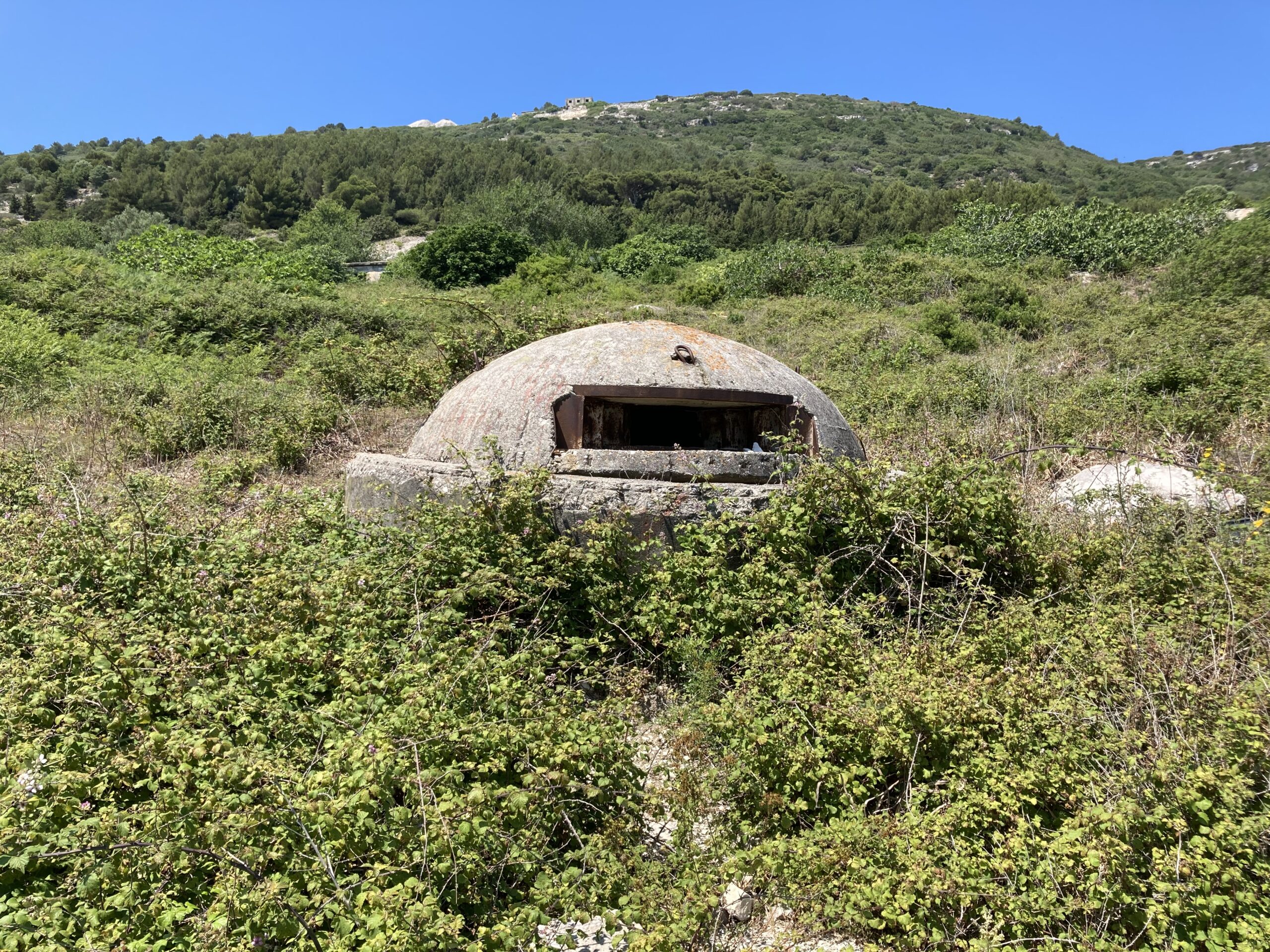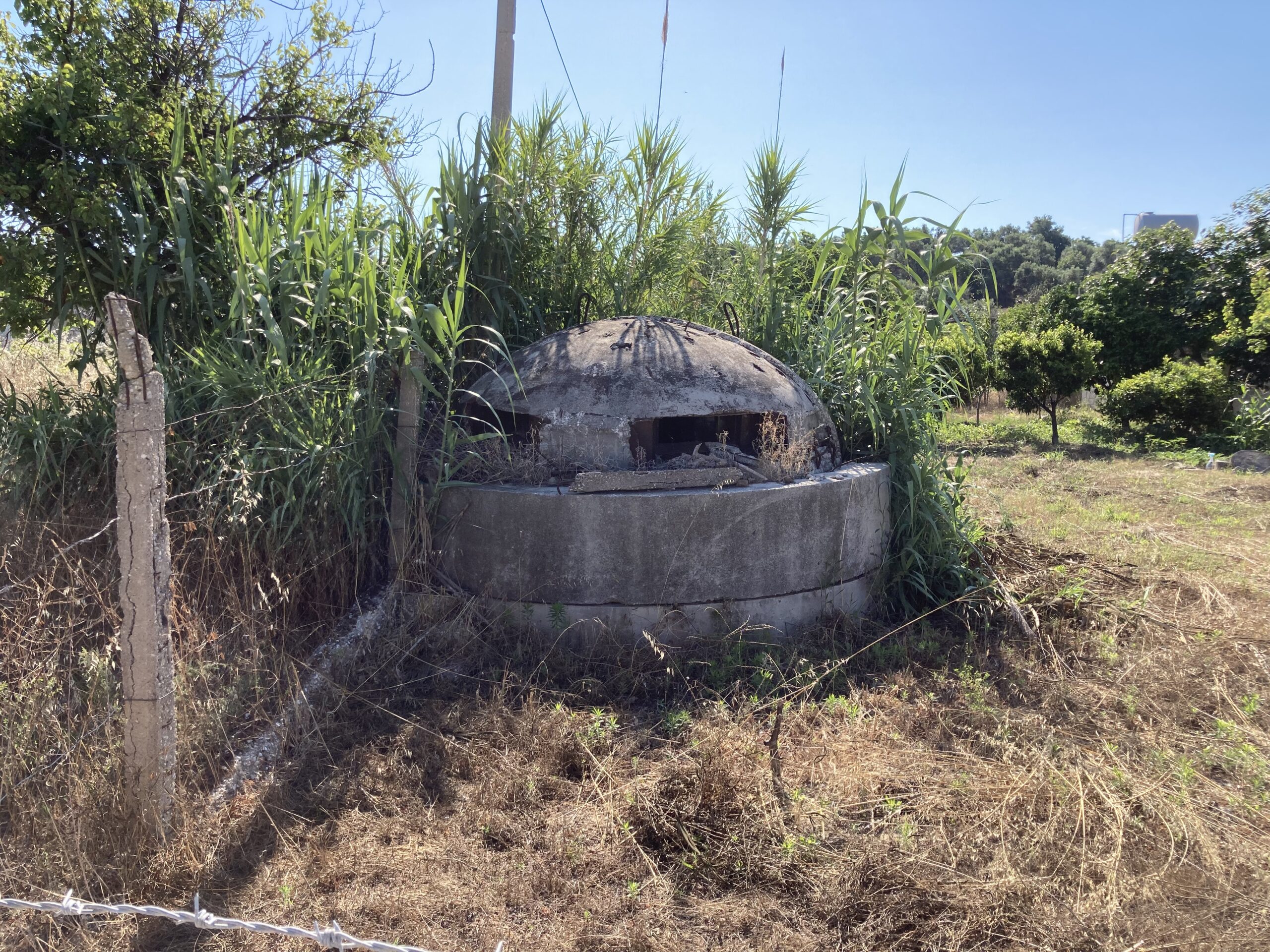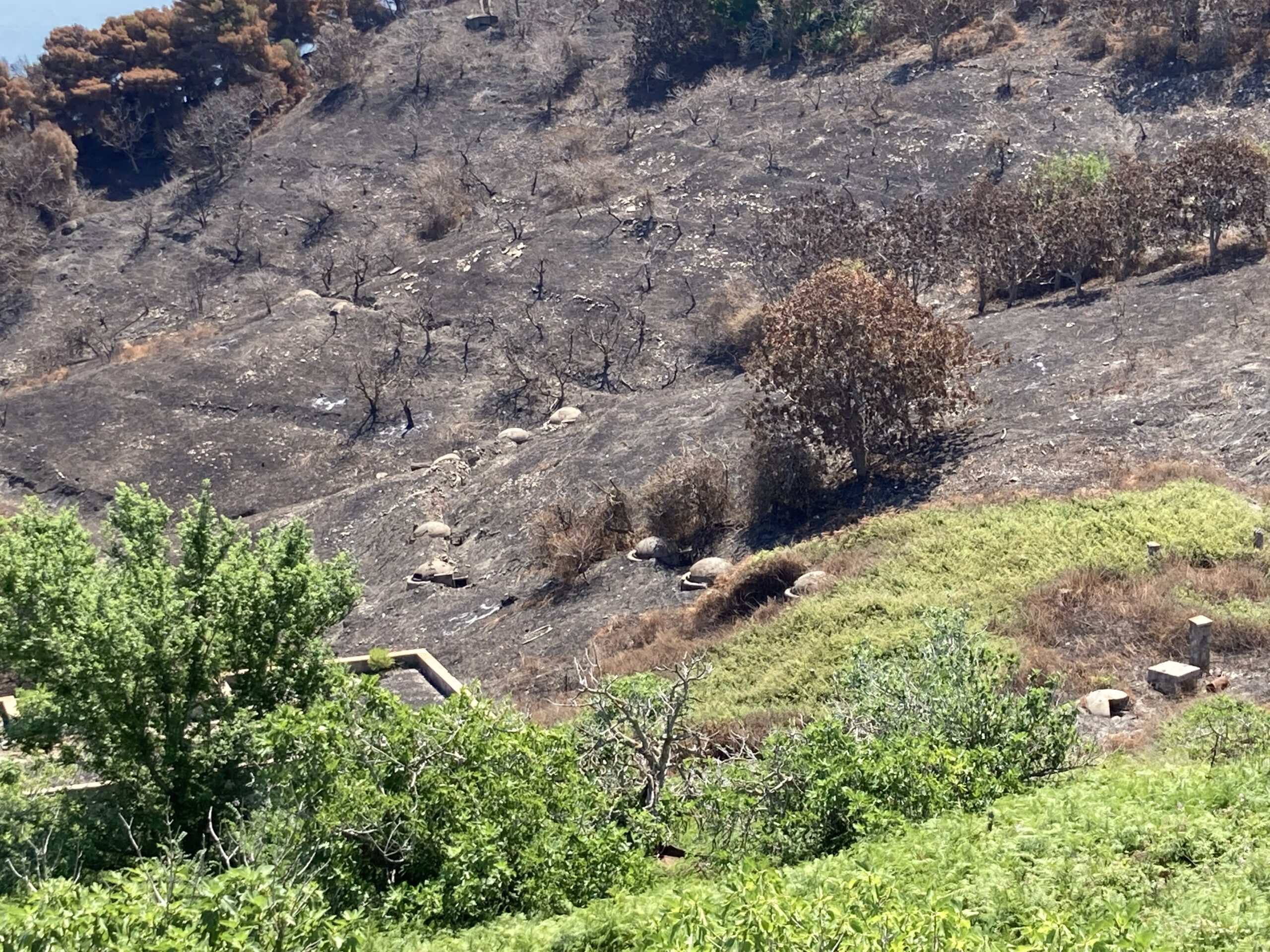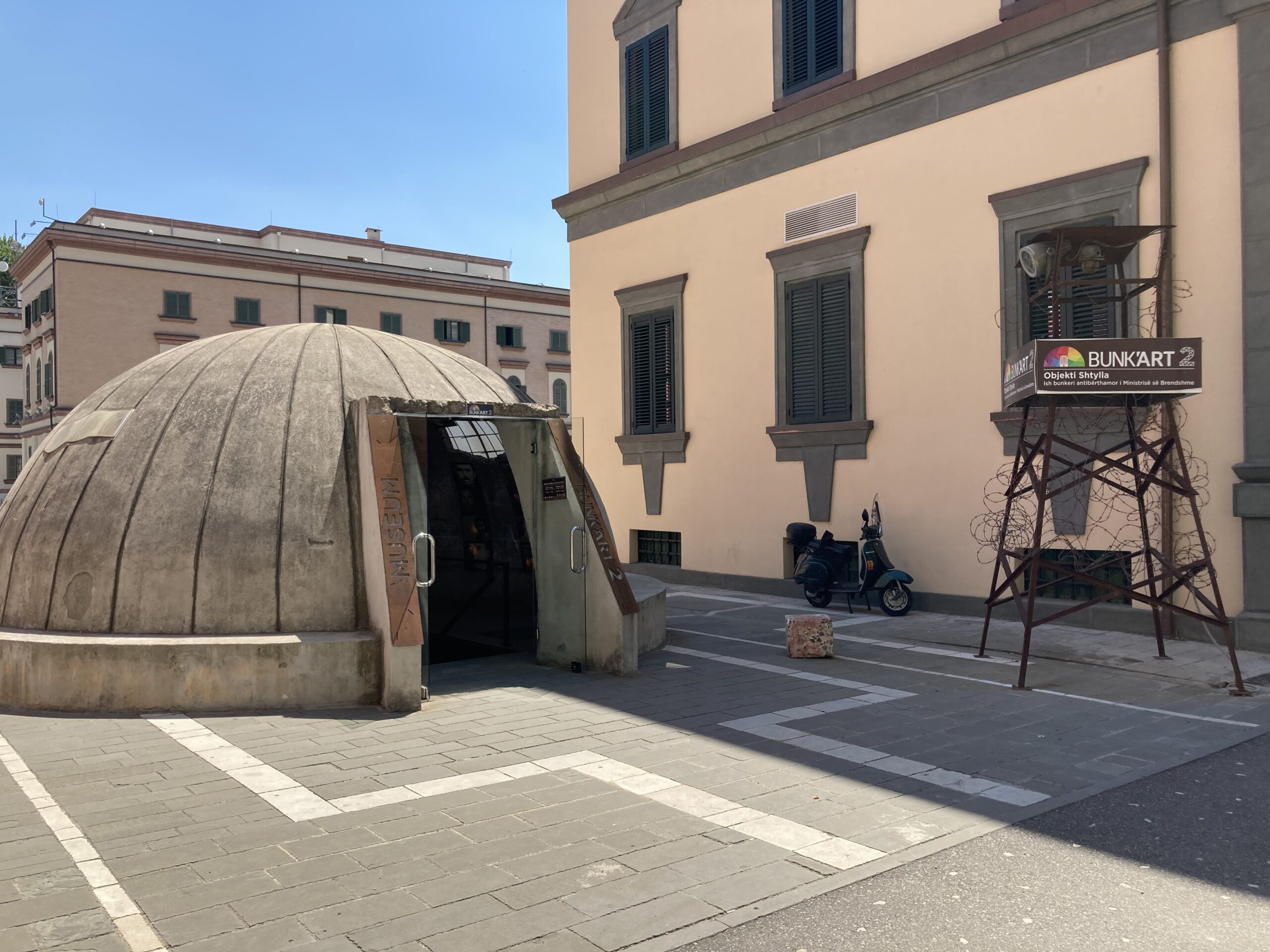
Bunker and Albania are pretty much synonymous words, that much is common knowledge. If you see a lot of bunkers around you and yet you are not in an active war zone, chances are you are in Albania. Truthfully, when you are in Albania, you will be seeing a ton of bunkers as they have become an endemic “species” of sorts in that country. Of course, this was not always the case. Although they almost look like a “natural” part of the geography today, they are very much manmade, and mostly built in the second half of the 20th century, when Albania was having its own communist period. Enver Hoxha is pivotal in any discussion of bunkers in Albania, as it was mostly his dream (or should I say paranoia) that caused all of this in the first place. To be completely fair with my readers, as an “appreciator” of urbex exploration, I truly loved the fact that these cement defensive structures were all around the country, even in the least expected of all places, like people’s own garden.

After talking to a few locals, I understood just how, and why, these bunkers are not necessarily very popular with Albanians themselves. People would often be called to lend a hand in the construction of these defensive structures and many more similar arrangements in preparations for a “probable nuclear attack or invasion” in the future, which never came to be. Time and money of both the people and the state could, very likely, be used for much more useful endeavours, such as further developing the Albanian heavy industries, prospecting the land, or improving the quality of education in the country, alas that was not the case. This does not mean that Albania was lacking in all these other departments, or that all its problems could have been fixed if only these bunkers were not built. It just emphasizes the simple fact that despite their mysterious appearance and interesting shapes and sizes, these bunkers mean much more to the many (older) generations of Albanians beyond just being points of interest in a traveller’s itinerary.

Lands, valleys, islands, ravines, and anything else you can think of in Albania are truly filled to the brim with these bunkers, and some other bigger or longer variants. There are around 170.000 bunkers in the country, and some others that are not fully finished, meaning that finding one is hardly a task unless you are completely blind.
Other than being present in everyday life, since they are truly a part of the concrete vegetation in Albania, these bunkers have an actual impact and a huge role to play in Albanian culture today as well. There are plenty of bunker-themed kitsch items that are sold all around the country, and one can find bunker shaped decorations in even some locals’ homes. It seems that some of these bunkers are turned into kiosks, or memorials, and of course some of the bigger ones became decent museums such as Bunk’Art 1 and 2. I did hear that some of these bunkers did see some action in the form of withstanding Serbian shelling during the Kosovo War, along the border. Speaking of action, they appear to be a rather famous spot for some lovers to meet up especially in the countryside, which was a surprising fun fact to find out, though apparently it was more of a “90s thing” than anything else according to the locals.

Not all bunkers are decrepit, in fact, some are quite “posh.” There are many bunkers out there that have been turned into fully functioning museums, restaurants, pubs, markets, arts installations etc. so the types of bunkers you can see and thus the human ingenuity that is behind their creation never ceases to amaze one.
Bunkers serve one more cause in Albania, to be a physical testament to the brutal isolation the country suffered during the rule of Enver Hoxha. I say brutal because those that tried to get away from that isolation often caused political crises of massive proportions in the 1990s, showing just how much removed Albanians were from the rest of the world at that period of their country’s extremely recent history. These bunkers, almost always facing the sea or the borders confirm their builders’ desire to keep anyone that wanted to come knocking in outside, but also watch anyone that may wish to depart from the country without a “credible” reason. It is hard, sometimes, to truly understand what a structure may mean beyond its interesting touristic traits, but in this case, it truly is important to understand why these bunkers were there, and what they are, the history behind it per se. I do hope that this small piece was somewhat useful in making one think about such issues.
